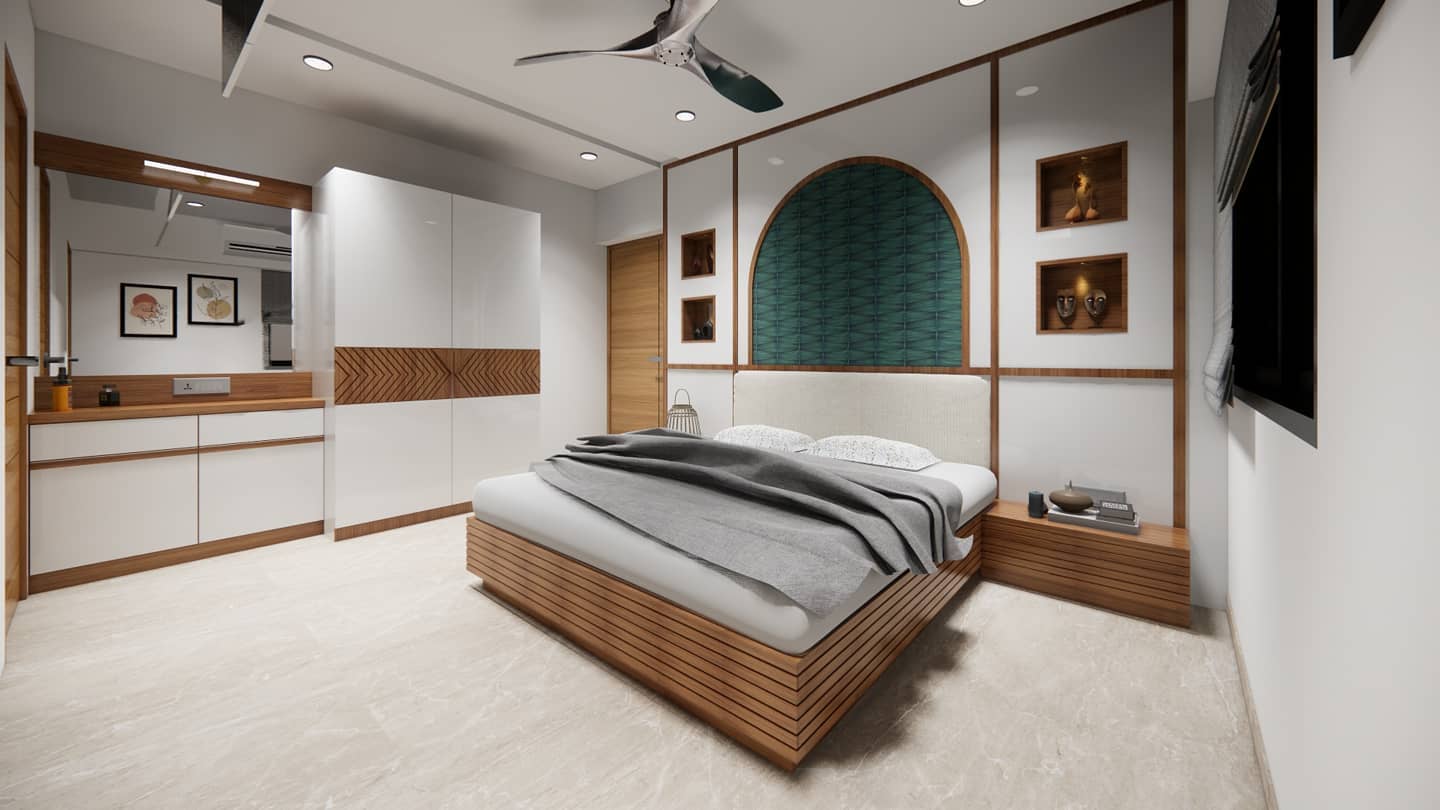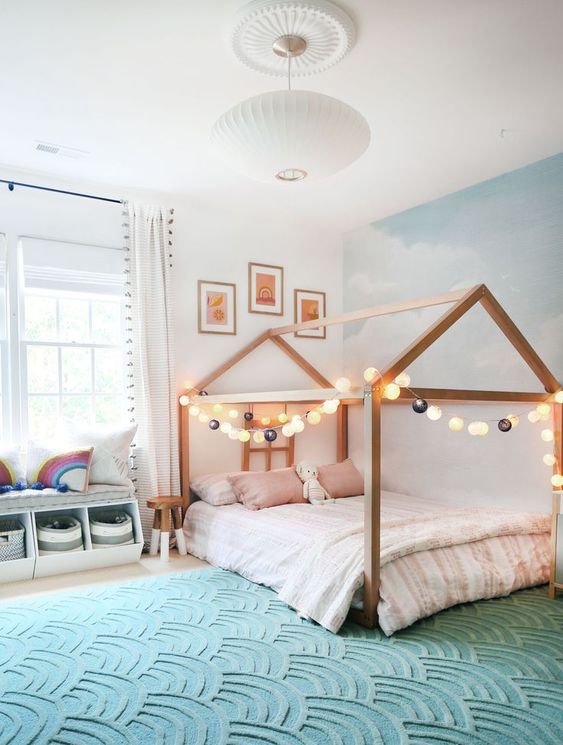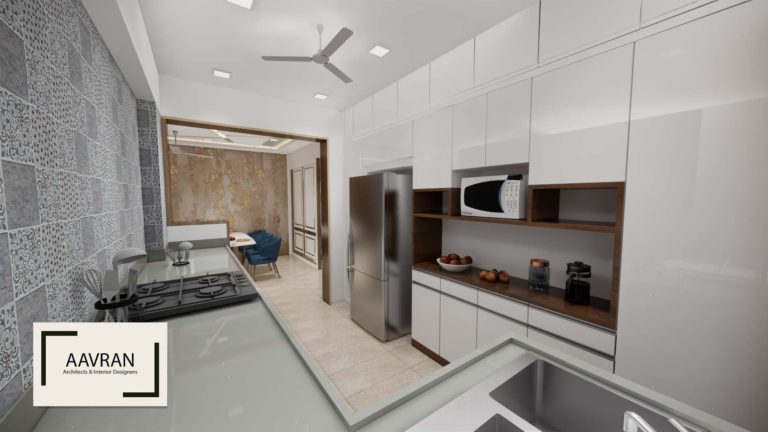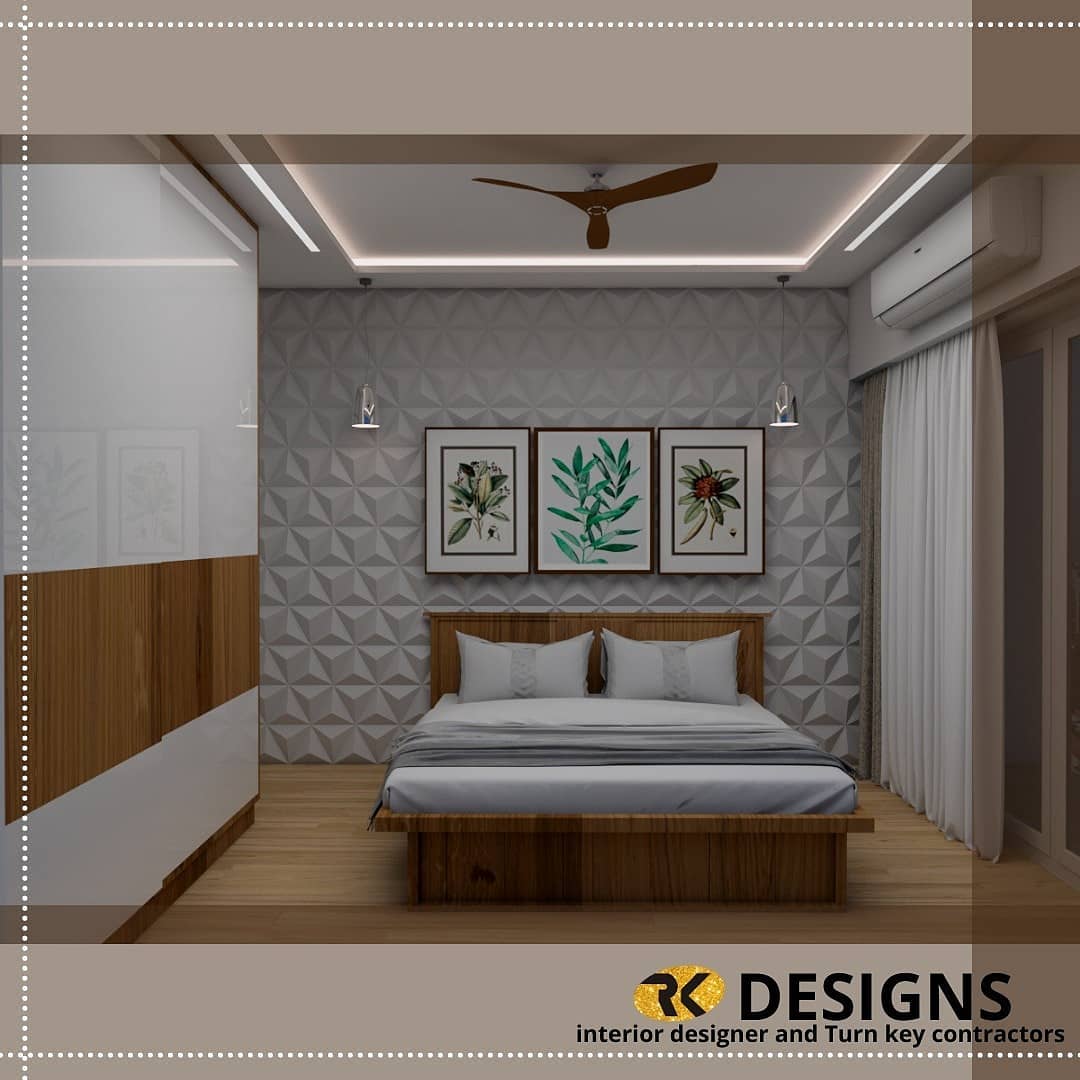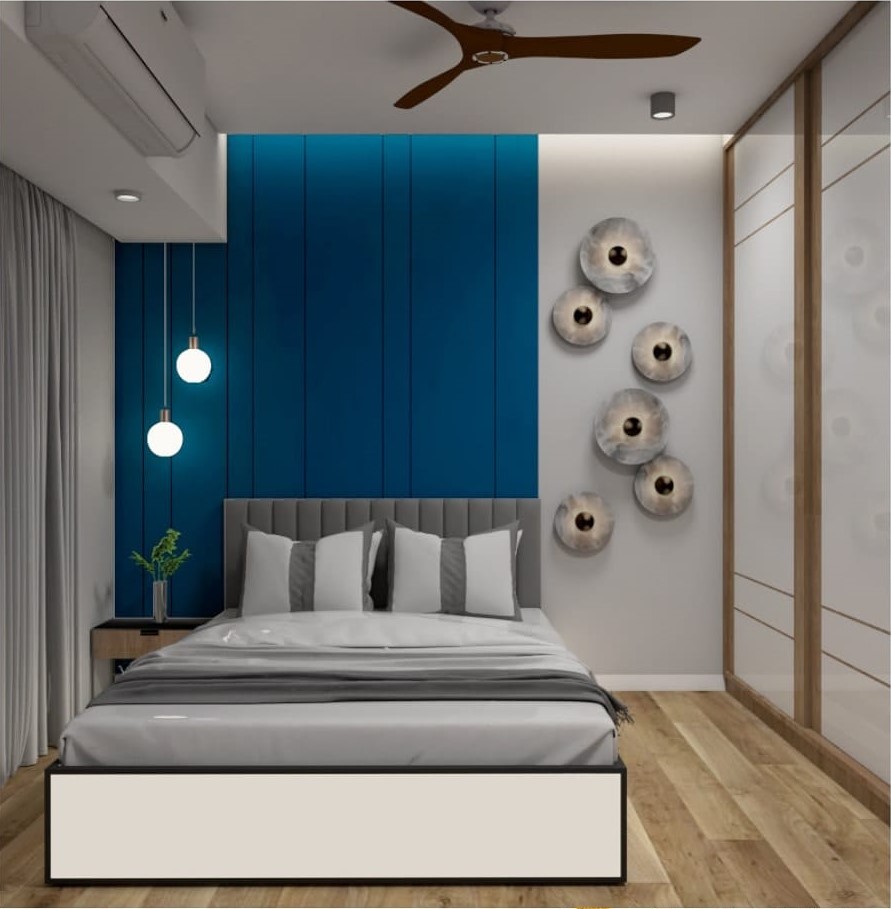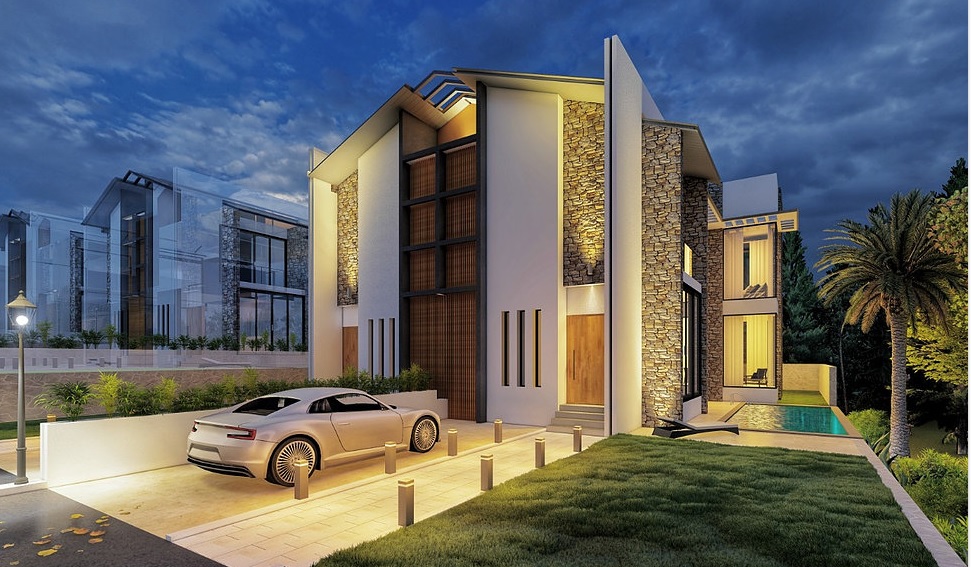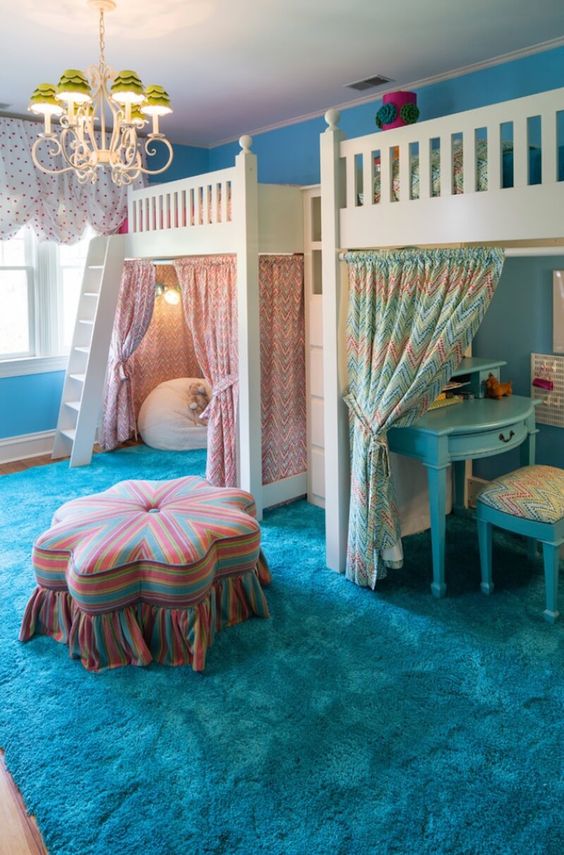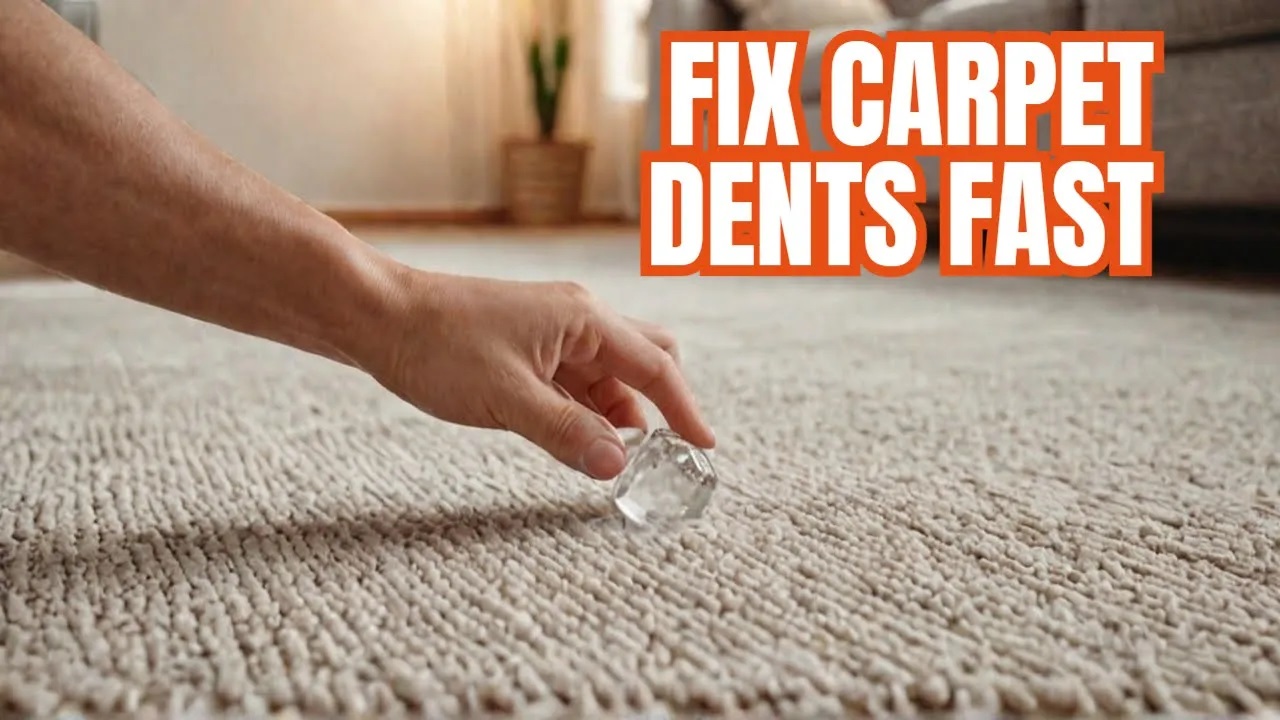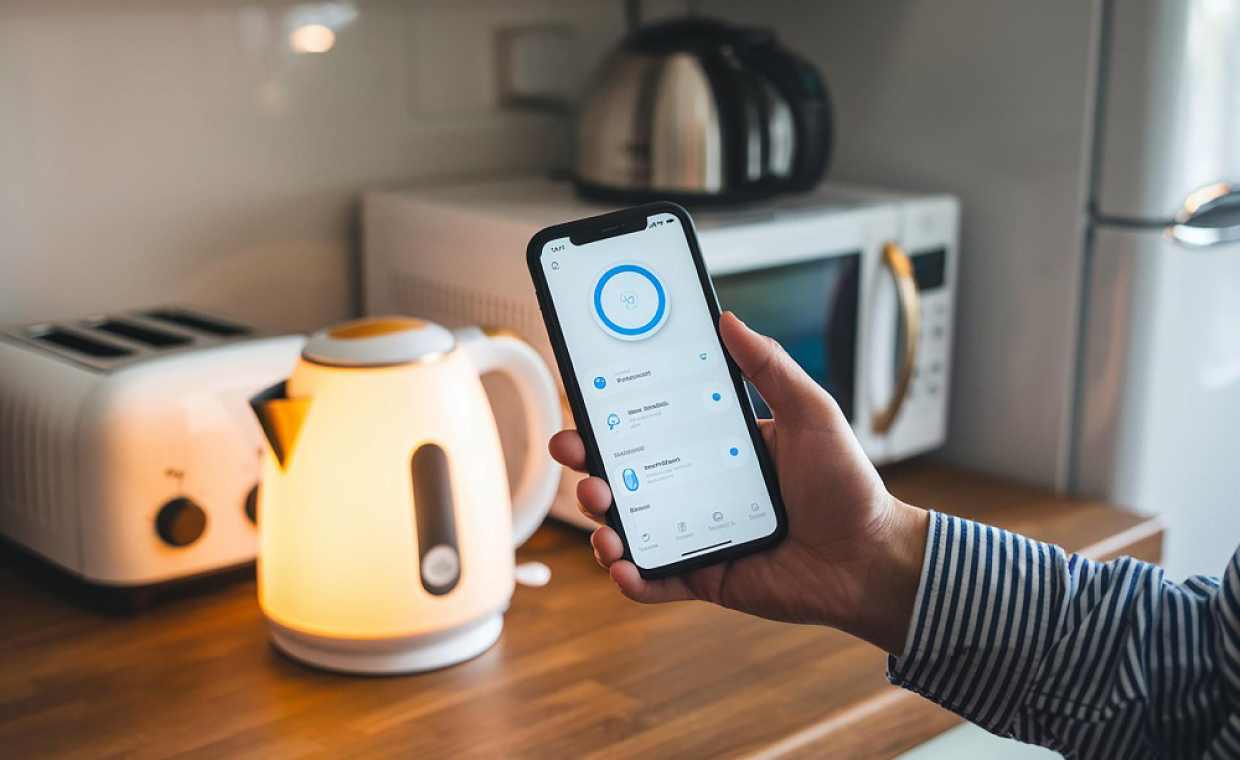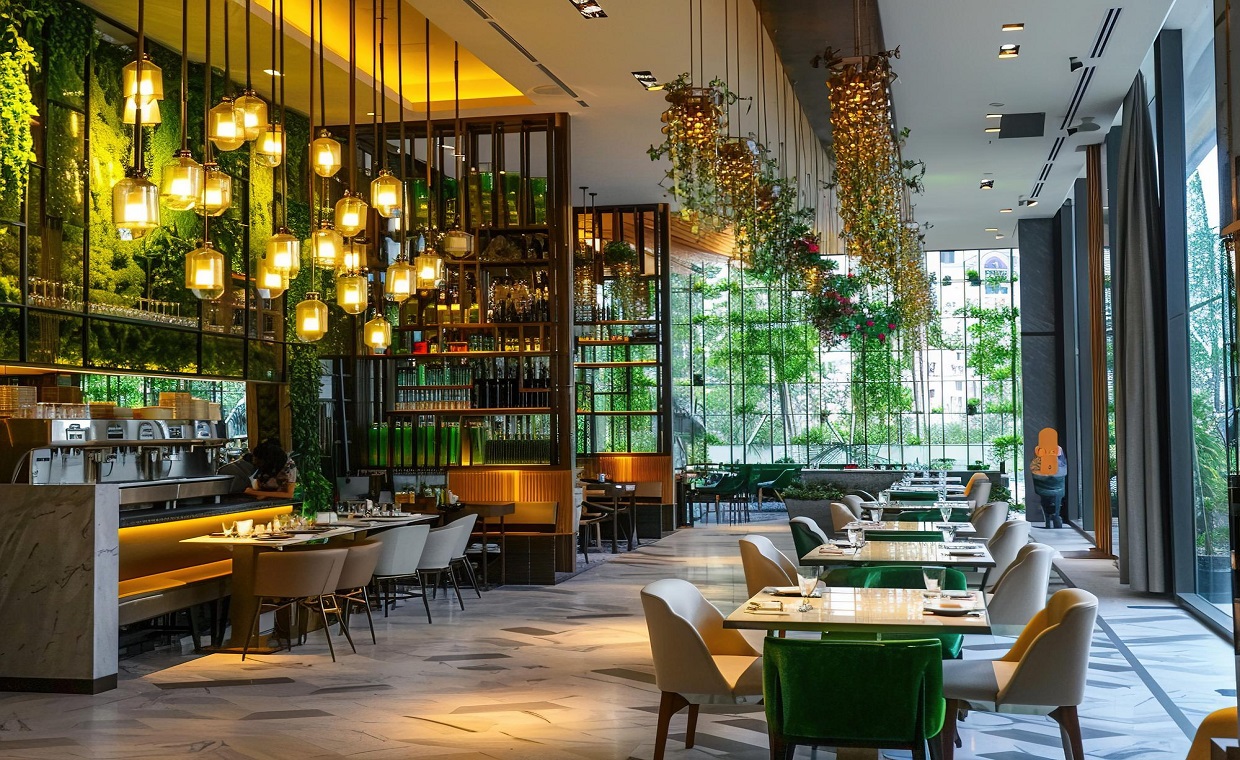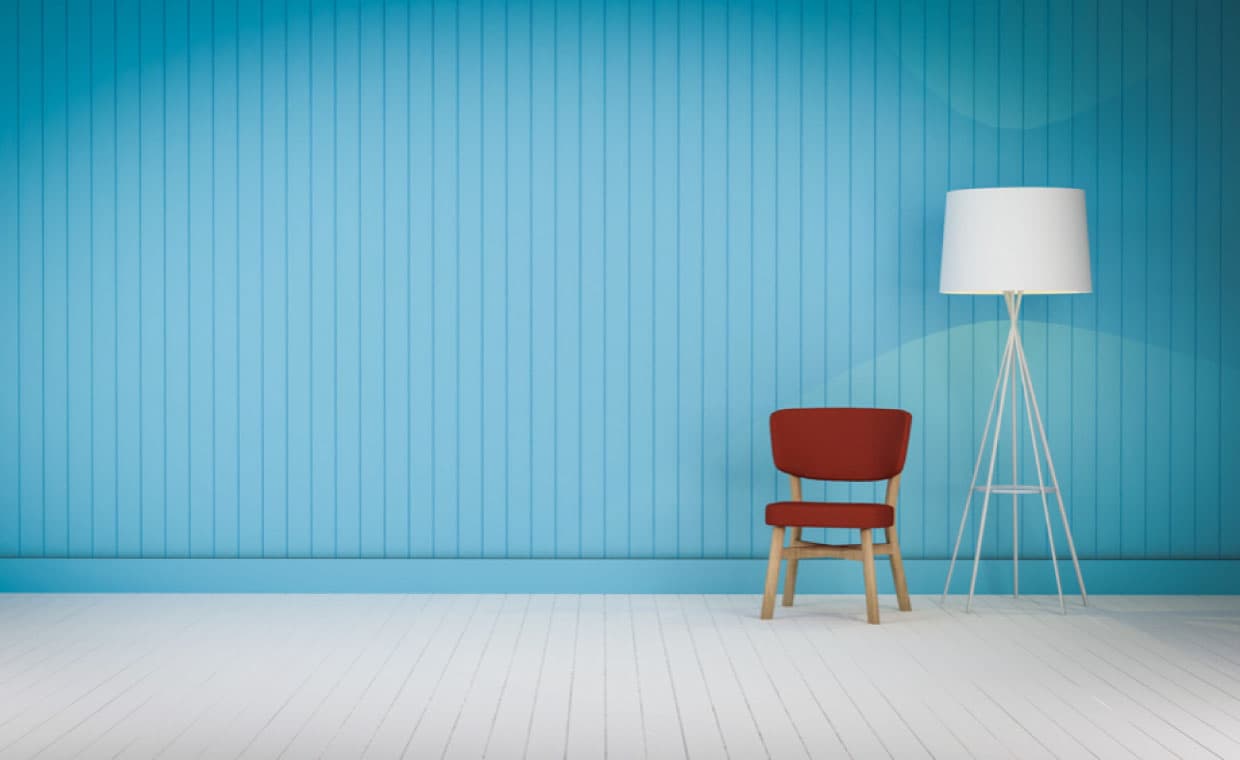
Table of Contents
Did you know that choosing the right paint for wood paneling can transform your space, making it feel warmer and more inviting? It may be time to explore an improvement if your home has outdated, damaged, or low-quality veneer paneling.
Since removing it may be expensive, consider painting over the wood panelling, giving faded wood a fresh, bright appearance for a fraction of the cost. However, before you start applying paint, there are a few important things to consider. Check out this Step-by-step guide to painting wood paneling.
What are Wainscoting and Wood Panelling?

Wainscoting and wood paneling are two popular interior design features that can bring style, sophistication, and a touch of class to any room. Wainscoting is a decorative wood paneling that covers the lower portion of a wall, while wood paneling covers the entire wall from floor to ceiling.
Both create a classic look that will always stay in style, making any room more inviting and comfortable.
How to Choose the Best Paint for Wood Panelling ?

Here are some simple tips to help you choose the best paint for wood paneling and wainscoting, so you can achieve a professional-looking finish without the professional price tag.
1. Pick a Colour Scheme

Make sure you have a clear plan for the colours you want to use when painting wood paneling. Consider the room’s size, along with any furniture or artwork, to ensure everything looks cohesive. When selecting a colour scheme, think about how natural light affects the room throughout the day. For instance, lighter shades can make a room feel more spacious, open and airy, while darker tones add warmth and coziness. Complementary colours can create contrast and depth, while monochromatic schemes offer a more uniform and serene look. Also, don’t forget to factor in the existing decor—furniture, flooring, and even window treatments should harmonise with your chosen paint colours.
Also Read: 17 Important Painting Tips | Know Before Painting a Home!
2. Think About Sheen
Glossy paints are easy to clean but tend to show imperfections more than flat or eggshell finishes. However, if you are looking for something easier to touch up in areas such as trim work or chair rails, choose semi-gloss or enamel paint, as these finishes are more durable.
Beyond aesthetics, the sheen of the paint also affects the room’s feel and functionality. Higher sheen levels, such as satin or semi-gloss, reflect more light and can enhance the brightness of darker spaces. On the other hand, for rooms with visible imperfections or heavy foot traffic, matte or eggshell finishes are ideal as they help conceal flaws and offer a softer, more understated look. Additionally, it’s important to note that higher sheen paints are easier to clean, making them suitable for spaces like kitchens or children’s rooms.
Also Read: Home Painting Guide: Mastering the Art with Expert Tips
3. Go For Quality
Cheap paint may save you a few bucks up front, but it won’t last as long and will require more frequent touch-ups than higher-end options. You don’t need to break the bank, but make sure you invest in quality materials so that your wainscoting and wood paneling look beautiful for years to come. For expert tips and product recommendations, check out valspar’s guide to painting wood paneling.
Quality paint often contains higher pigment concentrations and superior binders, which result in better coverage and long-lasting finishes. High-quality paints also offer improved mildew resistance, especially beneficial in humid environments like bathrooms. Moreover, eco-friendly or low-VOC (Volatile Organic Compounds) paints are widely available and provide a healthier option for your home, especially if you or your family members are sensitive to strong odours or chemicals.
4. Water Resistance
Choose a water-resistant paint if you’re painting wainscoting in moisture-rich environments like bathrooms. For areas around dishwashers or kitchen sinks, glossier paints are ideal, as they repel water by causing it to bead and run off, unlike flat paints, which tend to absorb moisture and leave visible water spots.
5. Brushability

Because wall paneling has many seams, lines, and detailed areas, it’s hard to avoid using a brush. Brush stripes detract from a flawless paint job. And since oil-based paints are self-leveling, brush marks tend to flatten out naturally, making them ideal for painting over wood paneling.
When painting wood paneling, the type of brush you use matters. Natural bristle brushes are ideal for oil-based paints, while synthetic brushes are more suitable for water-based paints. Angled brushes are especially helpful for cutting in and reaching tight corners, contributing to a more professional-looking result. Additionally, when using self-leveling paints, it’s important to maintain a wet edge while working to prevent visible brush strokes.
However, if you opt for a water-based paint, make sure it’s a self-leveling formula to achieve a smoother, more even finish.
How to Maintain Wainscoting and Wood Panelling ?

Caring for painted wainscoting and wood paneling is as easy as ABC—if you know what to do. To keep them looking as if they were installed yesterday, make regular maintenance part of your routine. Here’s how to ensure your walls look as good as new for years to come:
- Regularly dust the panels using a soft cloth or brush-on cleaner designed for cleaning wood paneling to remove dirt, dust, and other debris that sticks to the paint’s surface over time.
- Wipe down the panels occasionally with a damp cloth, making sure not to use too much water- this will help keep them looking fresh without damaging the finish.
- If there are scuffs or marks on the panels, try gently buffing them with steel wool or sandpaper- this will help remove any imperfections without damaging the paint.
- Finally, avoid using harsh chemicals or abrasives on the panels, as this can damage their finish and make them look worn over time.
These simple steps will ensure that your painted wood paneling stays fresh and new, even after years of use.
Other Ways to Cover the Paneling
If you prefer alternatives to painting wood paneling, consider these options:
1. Murals

A mural is a wall covering made of plastic, cloth, or another material. It often features a landscape or other intricate artwork that spans an entire surface.
Canvas murals are the most common type of temporary mural. They are simple to install and can be removed at any time. These murals function much like a vast tapestry or drape that covers an entire wall.
2. Wallpaper

If your paneling does not have deep grooves, you can apply standard wallpaper. However, if there are grooves, be cautious because the wallpaper may tear during or after application. In such cases, it’s best to use a wall liner.
A wall liner acts as a primer for the wallpaper, helping create a smooth surface. There are various types of wall liners available, so choose one that suits your needs. Keep in mind that wallpaper is difficult to install and even harder to remove, regardless of how long it has been in place. So, make your selection carefully.
Also Read: 15 Latest Wallpaper Trends to Transform Your Space
3. Wall Liners

A wall liner is a heavy-duty wallpaper that can be installed with or without grooves over paneling. It is the most commonly used method for covering paneling. They may be designed to seem like wallpaper, but they are simpler to install than wallpaper.
Wall liners are great primers for paints. But they can either be painted or left unpainted.
Finally, now that you know how to paint wood paneling, pick the best paint for wood paneling, and maintain it properly, you’re ready to transform your room into something special. With the right supplies and a bit of careful planning, you can achieve exceptional results in no time. So, roll up your sleeves and give those walls a makeover!
Discover creative ways to update wood paneling without removing it for more alternatives to painting.
FAQs Related to Paint for Wood Panelling
1. Can You Paint Over Old Wood Paneling Without Sanding?
While sanding is recommended for better paint adhesion, you can skip it by using a high-quality bonding primer designed for glossy surfaces. This allows the paint to stick well without extensive prep work.
2. What Are the Biggest Mistakes to Avoid When Painting Wood Paneling?
Common mistakes include not cleaning the surface properly, skipping the primer, using the wrong paint sheen, and applying coats too thin or too thick. These errors can lead to uneven coverage, poor adhesion, or peeling over time.
3. How Can Painted Wood Paneling Enhance a Small Room?
Choosing lighter shades like white, beige, or soft grey can make a small room feel larger and brighter. Vertical paneling also helps create the illusion of higher ceilings.
4. Is It Better to Use a Paintbrush or Roller for Wood Paneling?
A combination of both works best—use a brush for grooves and edges, and a roller for flat surfaces to achieve a smooth, even finish without streaks or brush marks.
5. How Do You Maintain Painted Wood Paneling in High-Traffic Areas?
Regular dusting, using a mild soap solution for cleaning, and applying a protective topcoat can help maintain painted paneling in hallways, kitchens, and living rooms where wear and tear are common.
Also Read: What Is Wall Cladding? Explore More to Uncover Its Pros & Cons
Author Bio
Fidelis Kinai: Fidelis Muti possess a bachelor’s in English and Journalism and have over four years of professional experienced writing and proofreading materials for print and online platforms, including newspapers, magazines, websites, blogs, and social media accounts. He also have over three years of experience as a marketing assistant and social media manager. He is versatile and diligent and will produce exemplary content within time to meet your deadline. He can deliver most work within 2-3 days; rush orders are accepted whenever possible. He is based in the Kenya but travel often and work for clients all over the world.






